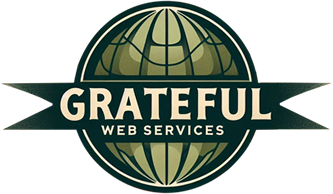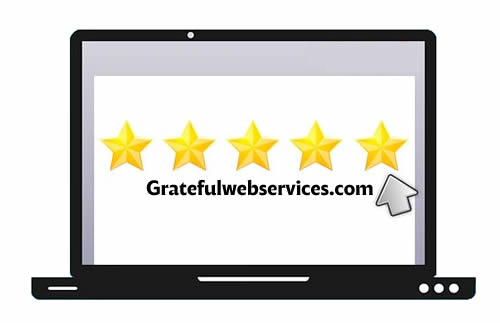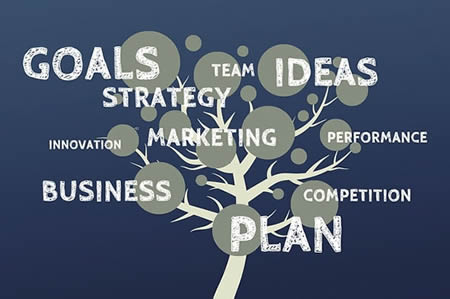
Understanding Google Ads
Google Ads, formerly known as Google AdWords, is an online advertising platform developed by Google. It allows businesses and organizations to create ads that appear on Google’s search engine results pages and across its extensive network of partner websites.
Google Ad Grants for Nonprofits
Google Ad Grants is a program specifically designed to support nonprofit organizations by providing them with free advertising credits to use on the Google Ads platform. Through Ad Grants, eligible nonprofits can access up to $10,000 worth of in-kind advertising per month to promote their missions and initiatives.
Eligibility Criteria for Google Ad Grants
Registered Nonprofit Status
To qualify for Google Ad Grants, organizations must hold valid nonprofit status in their country of operation.
Compliance with Policies
Nonprofits must adhere to Google’s policies regarding acceptable content and website quality to maintain eligibility for the program.
Dedicated Website
Organizations must have a functional website with substantial content relevant to their mission.
What can it do for your nonprofit?
Raise Awareness
Use Google Ads to raise awareness about your organization’s cause, events, or campaigns. Craft compelling ad copy and target relevant keywords to ensure your message reaches people who are likely to support your cause.
Drive Donations
Utilize Google Ads to drive donations by creating campaigns that highlight the impact of contributions and provide clear calls to action directing users to donation pages on your website.
Recruit Volunteers
Attract volunteers by running ads promoting volunteer opportunities within your organization. Target individuals interested in volunteering or relevant keywords related to your cause.
Promote Events
Publicize fundraising events, workshops, or community gatherings through Google Ads. Target local audiences and use ad extensions to provide event details and encourage attendance.
How Google Ads Work
Keywords
Advertisers bid on specific keywords relevant to their target audience. When users search for those keywords on Google, the advertiser’s ads may appear.
Ad Auction
Google uses an auction system to determine which ads appear on search page results. Factors such as bid amount, ad quality, and relevance contribute to ad placement.
Ad Formats
Google Ads supports various ad formats, including text ads, display ads, video ads, and shopping ads, allowing advertisers to choose the format that best suits their goals.
Targeting
Advertisers can target their ads based on factors like location, demographics, interests, and browsing behavior, ensuring their message reaches the right audience.
Google Ads and Google Ad Grants offer invaluable resources for nonprofits looking to expand their reach, engage supporters, and achieve their goals. By leveraging these platforms effectively, nonprofits can maximize their impact, attract new donors and volunteers, and ultimately make a difference in their communities and beyond. If you’re a nonprofit organization, don’t miss out on the opportunity to harness the power of online advertising with Google Ads and Google Ad Grants.
We now offer Google Ads and Google Ad grants as a service at Grateful Web Services.
Check out our Google Ads page
Our dedicated Google Ads practitioner has over ten years of experience and is attentive, skilled, and great to work with!
Call or email us today for more info and to get started.









